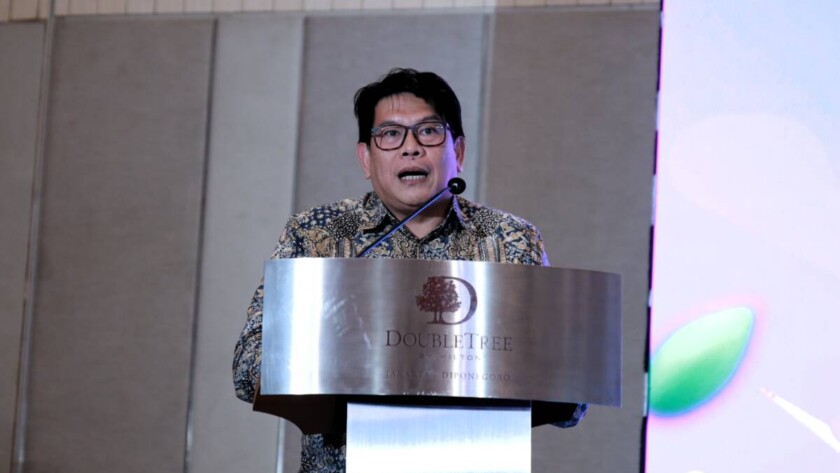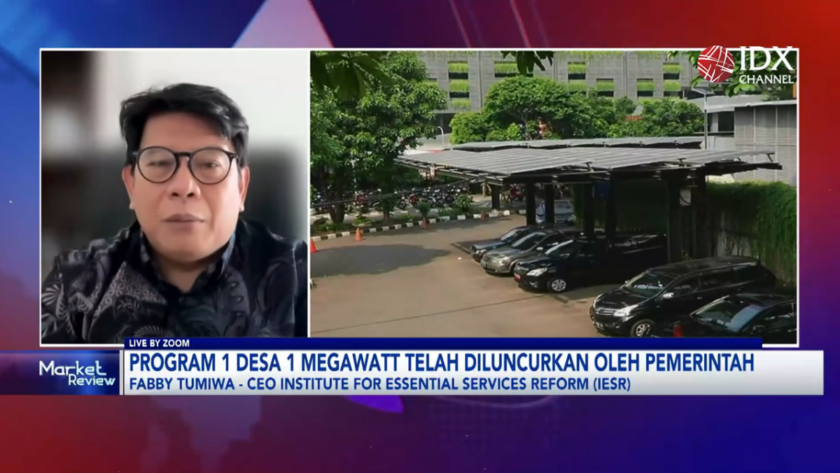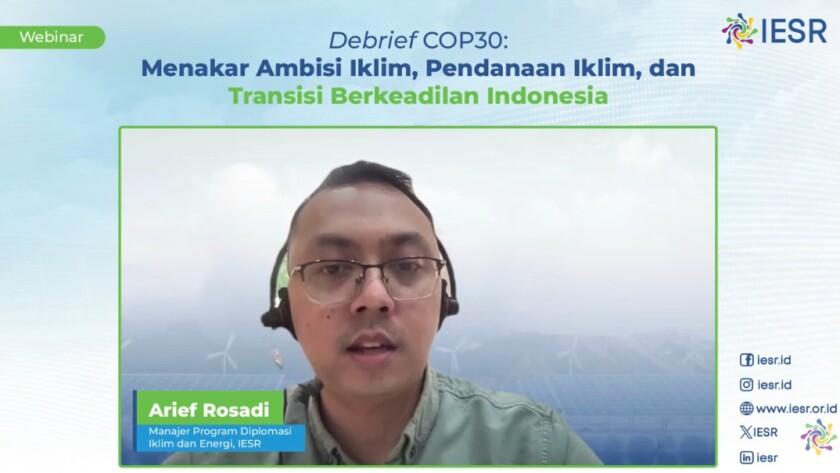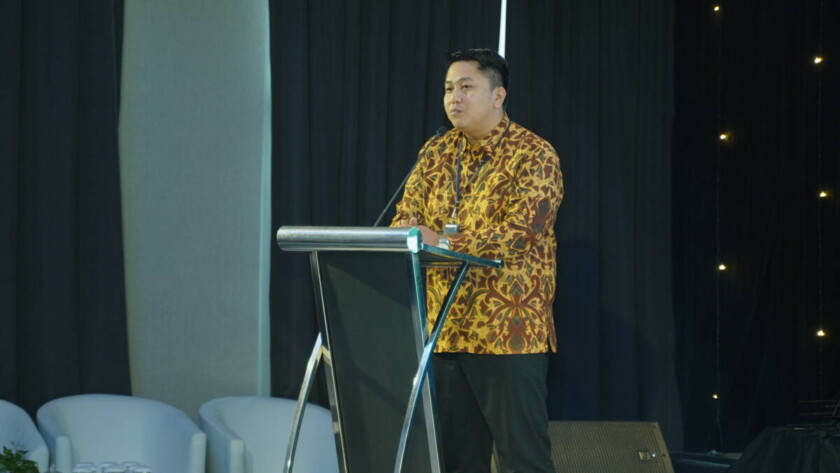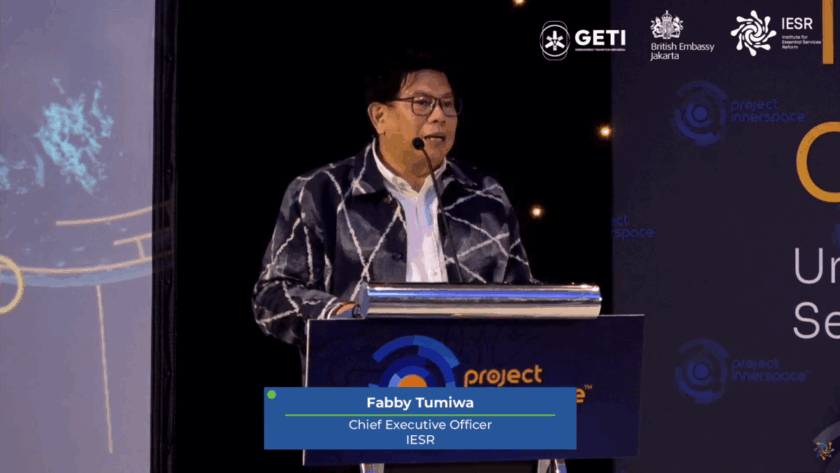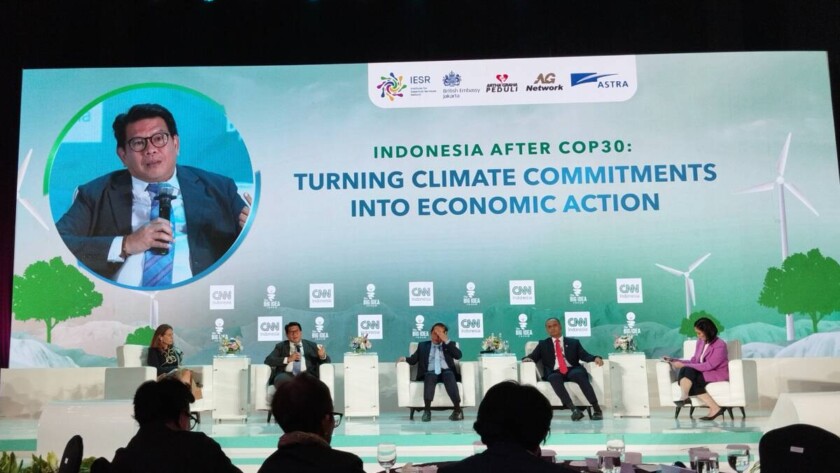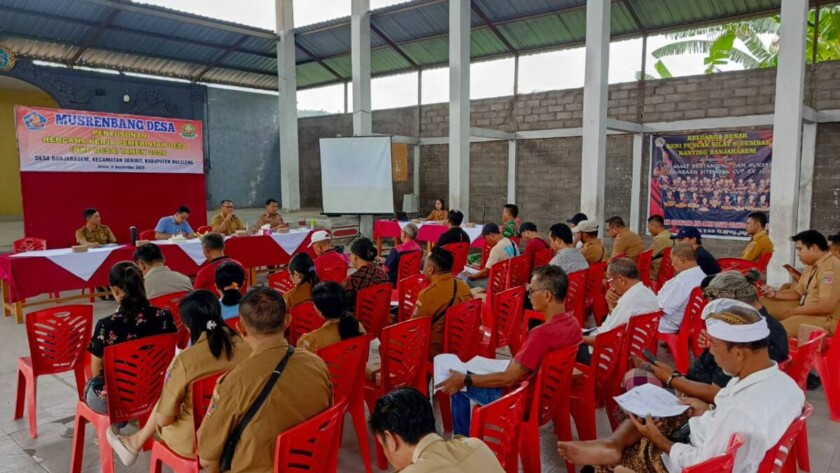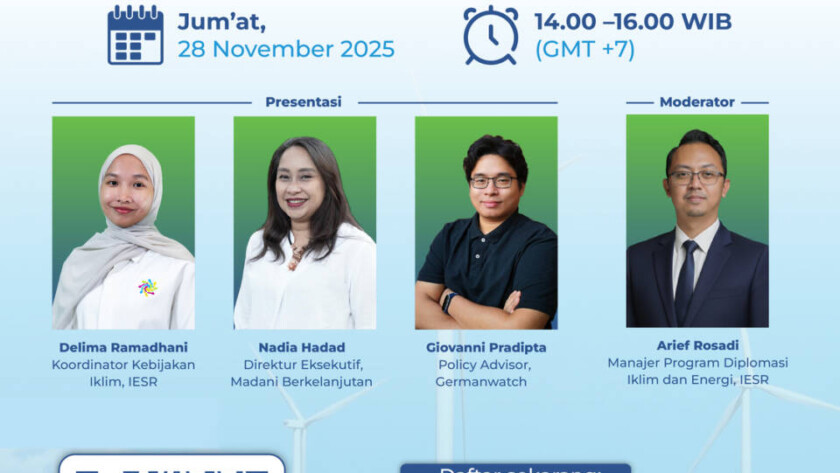This statement is attributed to Fabby Tumiwa, Chief Executive Officer of the Institute for Essential Services Reform (IESR).
In general, the performance of the Ministry of Energy and Mineral Resources (MEMR) shows disappointing results according to the following data:
1. Oil Lifting
The Ministry of MEMR reported an average oil lifting (including Natural Gas Liquid/NGL)…
